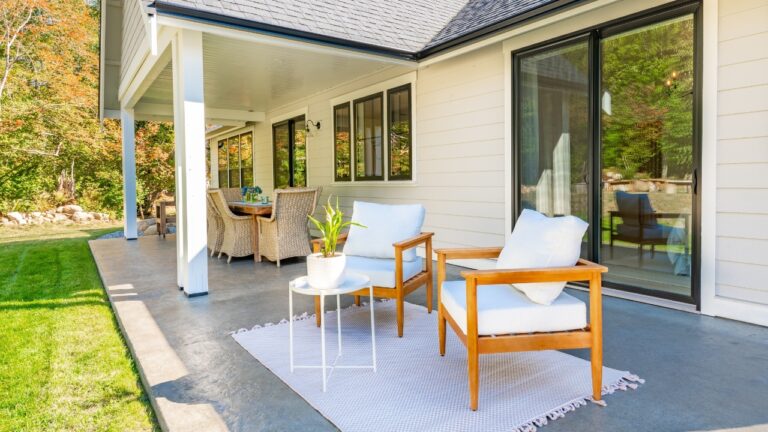Why your pantry might be the least functional space in your house
Pantries are supposed to make life easier — a place where everything has a spot, and meal prep feels effortless. But in reality, most pantries turn into black holes for half-empty boxes, forgotten cans, and mystery bags that expired two years ago.
It’s not that you’re unorganized; it’s that most pantry designs are poorly thought out from the start.
Shelves that are too deep
The most common problem is depth. Builders love installing deep shelves because they look spacious, but what they actually do is hide food. You push things back “just for now,” and before long, you’ve got a lost city of canned goods you didn’t know you owned.
When shelves are too deep, you stop seeing what you have — and that’s when waste creeps in. The best fix is to use bins or baskets to group items by category and pull them out like drawers. If you’re building or remodeling, go for shallower shelves instead. They look smaller but actually keep you more organized.
Wasted vertical space

Even in a large pantry, vertical space tends to go unused. There’s often a big gap between shelves or wasted space near the ceiling. That’s valuable real estate that could hold less-used items, like bulk paper towels or backup staples.
Adding an extra shelf, installing tiered racks, or using stacking bins can help you take advantage of every inch. Don’t forget the back of the door — it’s prime space for hanging spice racks, wraps, or seasoning packets.
No zones for how you actually cook
A lot of pantries are designed around aesthetics, not function. Pretty jars, matching baskets, and perfect labels look great in photos, but they don’t always reflect how you use your kitchen. You grab snacks differently than baking ingredients, and you probably don’t need your slow cooker next to the olive oil.
Divide your pantry into real-life zones — snacks, breakfast, canned goods, baking, paper products, and overflow. Keep the things you use daily at eye level and heavier items lower. It’s a small shift that makes your pantry feel like it finally works for you.
Too much “pretty” storage
Clear jars and matching containers can make a pantry look organized, but they can also make it less functional. When every item has to be transferred, labeled, and displayed perfectly, the upkeep gets overwhelming. Before long, you stop doing it — and the system collapses.
A better approach is a mix of practicality and style. Use jars for things you buy in bulk and packaging for things that change often. The goal isn’t perfection; it’s being able to find what you need without feeling like you’re managing a mini grocery store.
No room for overflow or bulk buys

Most homes today are designed for looks, not long-term storage. That’s why your pantry feels full even when you haven’t bought groceries in a week. You need space for backup items — especially if you shop sales or buy in bulk.
If you can, dedicate a lower shelf or separate bin to overflow stock. It keeps the main shelves cleaner and helps you rotate items before they expire. A second spot for paper goods or cleaning products can also make a huge difference if your kitchen feels cramped.
Poor lighting makes it worse
Lighting is one of those things you don’t think about until you’re standing in a dark pantry trying to read a label. A single ceiling bulb doesn’t cut it, especially in larger or walk-in spaces.
LED strip lights or motion-sensor fixtures are easy upgrades that can completely change how usable your pantry feels. When you can actually see what’s there, you’re less likely to waste food or buy duplicates.
A functional pantry should make life easier
Your pantry doesn’t have to be Pinterest-perfect to be practical. The best ones are the kind you can open in a rush and still grab exactly what you need. By fixing the layout, adding light, and creating zones that match your habits, you can turn that cluttered corner into one of the most efficient parts of your house — no matching jars required.
Like Fix It Homestead’s content? Be sure to follow us.
- I made Joanna Gaines’s Friendsgiving casserole and here is what I would keep
- Pump Shotguns That Jam the Moment You Actually Need Them
- The First 5 Things Guests Notice About Your Living Room at Christmas
- What Caliber Works Best for Groundhogs, Armadillos, and Other Digging Pests?
- Rifles worth keeping by the back door on any rural property
*This article was developed with AI-powered tools and has been carefully reviewed by our editors.







